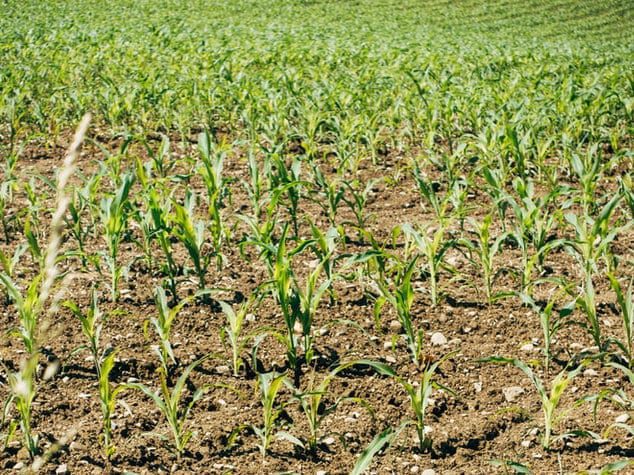Nitrous Oxide is a Growing Concern for Climate Change
An international team of scientists from 48 research institutions recently banded together to complete “the most comprehensive picture to date of N2O [nitrous oxide] emissions,” and found that N2O emissions could have a larger impact than initially believed. Also known as laughing gas, nitrous oxide isn’t just utilized by dentists, but is also a key ingredient in fertilizers for food production worldwide.
While carbon dioxide (CO2) is responsible for about 10 times more warming than nitrous oxide, N2O is 300 times more potent and stays in the atmosphere for a century or more. In addition, N2O levels have risen by 20 percent from pre-industrial levels, with a surge in the last half-century. This is concerning for a number of reasons, but one of the most troublesome issues is the fact that these emissions are increasing at a faster rate than the goal set by the Intergovernmental Panel on Climate Change.
“The co-authors agreed that the most surprising result of the study was the finding that current trends in nitrous oxide emissions are not compatible with pathways consistent to achieve the climate goals of the Paris Climate Agreement,” Professor Hanqin Tian, a study co-author from Auburn University, told IFLScience.com. “The dominant driver of the increase in atmospheric nitrous oxide comes from agriculture, and the growing demand for food and feed for animals will further increase global nitrous oxide emissions,” Professor Tian continues. “These findings underscore the urgency and opportunities to mitigate nitrous oxide emissions worldwide to avoid the worst of climate impacts.” according to IFLScience.com,
So what can be done? According to Professor Tian, improving nitrogen use efficiency and reducing food waste is a great first step. Eating less beef and cheese would also help reduce greenhouse gas footprints, according to co-author Rob Jackson.














